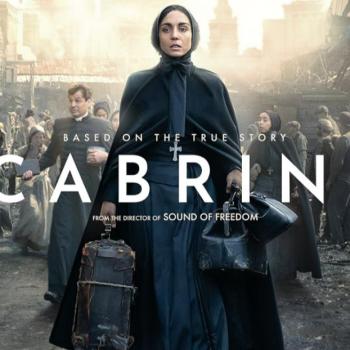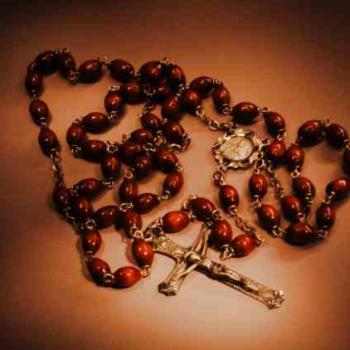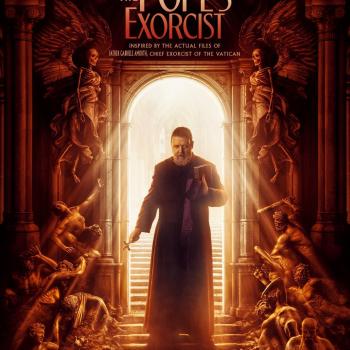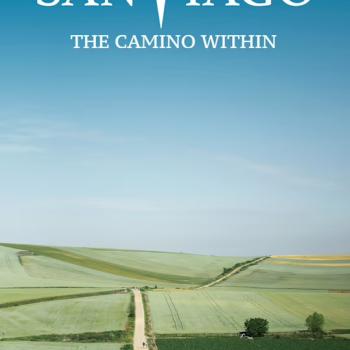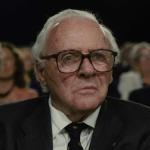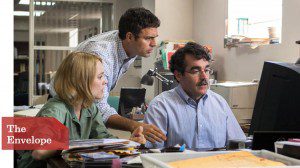
Over at the LA Times yesterday Lewis Beale posted a feature article about how the Catholic church has been covered in films from the 40s until now and how the representation has changed. I think this topic should be someone’s doctoral dissertation so that what Beale outlines is explored more thoroughly. I think it was more than the Hayes Production Code and the Legion of Decency that gave us these mostly post WWII images of the Catholic Church in America set in idyllic unrealistic places for miracles to happen. Then, when sex abuse began to make the news, and with the demise of the Hays Production Code and changes in Catholic ratings and understandings, realism set in.
Reporter Lewis Beale interviewed me for this article; here’s one of my quotes:
“This is the biggest scandal to hit the Catholic Church; it’s the biggest story out there,” says Sister Rose Pacatte, a film columnist for the National Catholic Reporter, referring to these and other films about the sexual abuse issue. “This is not Hollywood being mean to the church; it’s Hollywood telling the truth.”
Beale’s article begins:
Sadistic nuns. Pedophile priests. Criminal coverups within the Roman Catholic Church. It seems Catholicism can’t win at the multiplex these days. In based-on-fact films such as 2013’s “Philomena,” 2002’s “The Magdalene Sisters,” last year’s “Jimmy’s Hall” and the don’t-take-it-too-seriously “The Da Vinci Code” from 2006, the Catholic Church comes off as a totalitarian institution sucking the joy out of its parishioners, willing to resort to murder to hide its secrets.
This year, a new film takes the church to task. “Spotlight,” from Open Road Films and starring Michael Keaton, Mark Ruffalo, Liev Schreiber and Rachel McAdams, tells the true story of how the Boston Globe uncovered a clergy sex abuse scandal in the local archdiocese. It shows the church as a powerful force willing to do almost anything — transferring priests from parish to parish, covering up out-of-court settlements, pressuring the paper to tone down its coverage — to protect the sexual predators in its midst.
It wasn’t always this way. For years the Catholic Church was portrayed in a highly favorable light. Priests were kindly Bing Crosby types (1945’s “The Bells of St. Mary’s”) or tough but compassionate and socially conscious, a la Spencer Tracy in 1938’s “Boys Town.” And a whole slew of sometimes stern, but generally kindly, nuns were often played by hall of fame beauties like Ingrid Bergman (“The Bells of St. Mary’s”), Audrey Hepburn (1959’s “The Nun’s Story”) and Deborah Kerr (in 1957’s “Heaven Knows, Mr. Allison”).
This disparity is the result of the Motion Picture Production Code, which set moral guidelines for the industry and was in force from the 1930s until the 1960s. Hoping to avoid government censorship of movies, studio heads adopted a set of strictures written by Father Daniel A. Lord, a Jesuit priest, and Martin Quigley, the Catholic editor of the trade paper Motion Picture Herald. The code was then administered for many years by another Catholic, Joseph Breen.
CLICK HERE TO CONTINUE READING AT THE LATIMES


